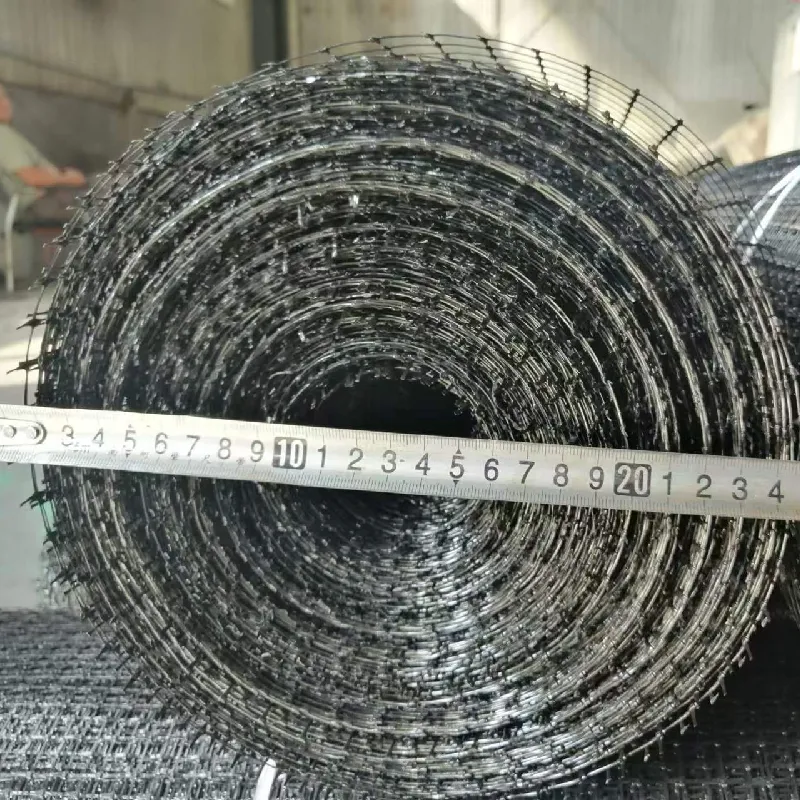-
 Afrikaans
Afrikaans -
 Albanian
Albanian -
 Amharic
Amharic -
 Arabic
Arabic -
 Armenian
Armenian -
 Azerbaijani
Azerbaijani -
 Basque
Basque -
 Belarusian
Belarusian -
 Bengali
Bengali -
 Bosnian
Bosnian -
 Bulgarian
Bulgarian -
 Catalan
Catalan -
 Cebuano
Cebuano -
 China
China -
 Corsican
Corsican -
 Croatian
Croatian -
 Czech
Czech -
 Danish
Danish -
 Dutch
Dutch -
 English
English -
 Esperanto
Esperanto -
 Estonian
Estonian -
 Finnish
Finnish -
 French
French -
 Frisian
Frisian -
 Galician
Galician -
 Georgian
Georgian -
 German
German -
 Greek
Greek -
 Gujarati
Gujarati -
 Haitian Creole
Haitian Creole -
 hausa
hausa -
 hawaiian
hawaiian -
 Hebrew
Hebrew -
 Hindi
Hindi -
 Miao
Miao -
 Hungarian
Hungarian -
 Icelandic
Icelandic -
 igbo
igbo -
 Indonesian
Indonesian -
 irish
irish -
 Italian
Italian -
 Japanese
Japanese -
 Javanese
Javanese -
 Kannada
Kannada -
 kazakh
kazakh -
 Khmer
Khmer -
 Rwandese
Rwandese -
 Korean
Korean -
 Kurdish
Kurdish -
 Kyrgyz
Kyrgyz -
 Lao
Lao -
 Latin
Latin -
 Latvian
Latvian -
 Lithuanian
Lithuanian -
 Luxembourgish
Luxembourgish -
 Macedonian
Macedonian -
 Malgashi
Malgashi -
 Malay
Malay -
 Malayalam
Malayalam -
 Maltese
Maltese -
 Maori
Maori -
 Marathi
Marathi -
 Mongolian
Mongolian -
 Myanmar
Myanmar -
 Nepali
Nepali -
 Norwegian
Norwegian -
 Norwegian
Norwegian -
 Occitan
Occitan -
 Pashto
Pashto -
 Persian
Persian -
 Polish
Polish -
 Portuguese
Portuguese -
 Punjabi
Punjabi -
 Romanian
Romanian -
 Russian
Russian -
 Samoan
Samoan -
 Scottish Gaelic
Scottish Gaelic -
 Serbian
Serbian -
 Sesotho
Sesotho -
 Shona
Shona -
 Sindhi
Sindhi -
 Sinhala
Sinhala -
 Slovak
Slovak -
 Slovenian
Slovenian -
 Somali
Somali -
 Spanish
Spanish -
 Sundanese
Sundanese -
 Swahili
Swahili -
 Swedish
Swedish -
 Tagalog
Tagalog -
 Tajik
Tajik -
 Tamil
Tamil -
 Tatar
Tatar -
 Telugu
Telugu -
 Thai
Thai -
 Turkish
Turkish -
 Turkmen
Turkmen -
 Ukrainian
Ukrainian -
 Urdu
Urdu -
 Uighur
Uighur -
 Uzbek
Uzbek -
 Vietnamese
Vietnamese -
 Welsh
Welsh -
 Bantu
Bantu -
 Yiddish
Yiddish -
 Yoruba
Yoruba -
 Zulu
Zulu
Innovative Solutions for Enhancing Crop Growth with Agricultural Mesh Technologies and Applications
Agricultural Mesh A Revolution in Modern Farming
In recent years, the agricultural industry has seen significant advancements driven by technology and innovative materials. One such innovation that is transforming farming practices is agricultural mesh. This versatile material has been developed to enhance crop production, improve pest management, and promote sustainable farming practices. In this article, we will explore the various applications and benefits of agricultural mesh in modern agriculture.
Agricultural mesh, often made from high-density polyethylene (HDPE) or polypropylene, is designed for a variety of uses in farming. One of its primary applications is as a shade net, which helps to regulate temperature and light exposure for crops. By filtering sunlight and reducing heat stress, mesh can create an optimal growing environment, allowing farmers to cultivate a wider range of crops, even in extreme weather conditions. This ability to control environmental factors can lead to increased yields and better-quality produce.
In addition to shade nets, agricultural mesh is also widely used as insect netting. Farmers face numerous challenges from pests that can decimate crops and reduce harvests. Insect nets act as a physical barrier, preventing insects from reaching the plants while still allowing sunlight and rain to nourish the crops. This method of pest control reduces the need for chemical pesticides, promoting a healthier ecosystem and contributing to organic farming practices. As consumers become increasingly aware of the importance of sustainable and chemical-free produce, the demand for such innovative solutions is growing.
agricultural mesh

Another significant use of agricultural mesh is in the field of erosion control and soil stabilization. In areas prone to heavy rainfall or flooding, erosion can severely impact the quality of soil, leading to decreased agricultural productivity. By utilizing mesh as a ground cover, farmers can protect their soil from erosion, retain moisture, and promote healthy root growth. This practice not only enhances crop resilience but also contributes to the overall health of the agricultural landscape, preserving it for future generations.
Furthermore, agricultural mesh can be employed in the construction of greenhouses and protective structures. By using mesh in combination with other materials, farmers can create environments that shield their crops from harsh weather while optimizing light and air circulation. This approach enables growers to extend their growing season, produce off-season crops, and minimize losses due to unpredictable climate conditions.
The economic benefits of agricultural mesh are noteworthy as well. By reducing the need for chemical fertilizers and pesticides, farmers can cut costs associated with chemical inputs. Additionally, the increased crop yields and improved quality of produce resulting from the effective use of mesh translate into higher profits. The initial investment in agricultural mesh can be quickly recouped through savings and enhanced production outcomes.
In conclusion, agricultural mesh represents a significant advancement in the field of modern agriculture. Its versatility and effectiveness in improving crop yields, managing pests, controlling erosion, and creating favorable growing conditions make it an invaluable tool for farmers. As we look to the future, the continued adoption of agricultural mesh and similar innovations will play a critical role in meeting the world’s growing food demands while promoting sustainability and environmental stewardship. By embracing these advancements, the agricultural industry can thrive and contribute to a healthier planet and a more secure food supply.
-
Shipping Plastic Bags for Every NeedNewsJul.24,2025
-
Safety Netting: Your Shield in ConstructionNewsJul.24,2025
-
Plastic Mesh Netting for Everyday UseNewsJul.24,2025
-
Nylon Netting for Every UseNewsJul.24,2025
-
Mesh Breeder Box for Fish TanksNewsJul.24,2025
-
Expanded Steel Mesh Offers Durable VersatilityNewsJul.24,2025











